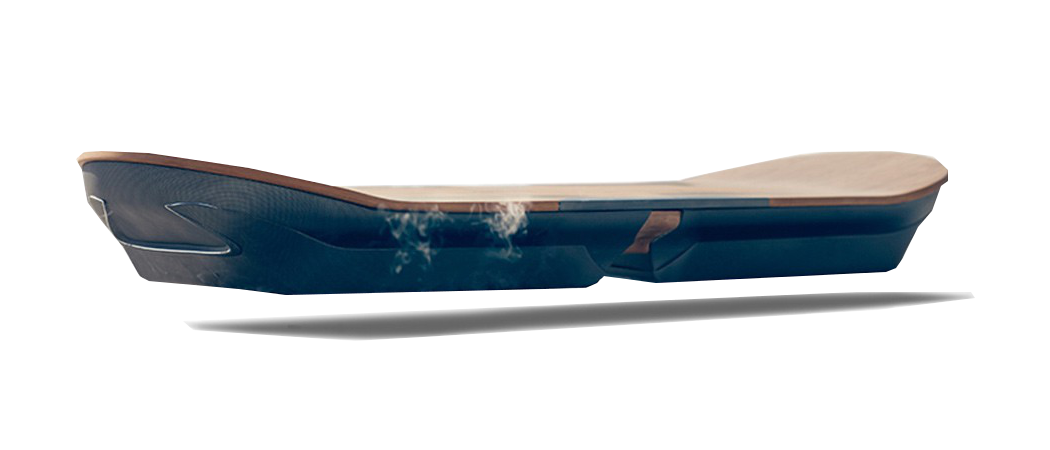Lexus Hoverboard – Fact or Fiction?

With hundreds of sci-fi movies being made the world over, people often wonder if art imitates life or if life imitates art. With the launch of the Lexus Hoverboard however, the latter seems to be true.
A Hoverboard is similar to a skateboard that can be used to travel from one place to another. However, it is a concept born out of a good mix of design and innovation. The Hoverboard does not have wheels and is designed based on the theory of electromagnetism and the utilizing the features of superconductors. The superconductor contains magnets, which when cooled below a certain temperature creates frictionless movement. This enables the Hoverboard to “hover” over a flat surface.
Can Lexus Hoverboard be real?
The Hoverboard was first seen in 1989 in the movie Back to the Future II. Back then it seemed like a concept that would never see the light of day in the real world. However over time, many companies have attempted to leverage the technology and tried to build hoverboards. But these hoverboards lacked propelling and steering capabilities. However, in June 2015, the car manufacturing company Lexus released a teaser ad that depicts the Lexus Hoverboard thereby confirming its actuality.
When will it be real?
Although there have been companies who have built and tested Hoverboards over the last few years, there is still a lot of scepticism around the concept. Superconductors and magnetic levitation are real technologies which are currently being used; but there are a lot of questions that still need to be answered. How far can the Hoverboard travel? Would it require a dedicated magnetic path to hover over? How much weight can the Hoverboard take? Once there are answers to these questions, the Lexus Hoverboard will soon be a reality.
How it works?
The Lexus Hoverboard works on the principle of magnetic levitation. Magnetic strength repels the force of gravity thereby lifting an object above the surface and prevents it from nosediving. The Lexus Hoverboard utilizes the properties of superconductors and liquid nitrogen. The superconductors are known to be great at conducting electricity. This means that magnetic fields pass through them without experiencing any friction. Now when these superconductors are cooled, to a temperature as low as -321 F, they get stuck on the magnetic field lines that were passing through them thereby freezing them. This results in the superconductor to be embedded in the magnetic field at that particular location. As long as the temperature is kept low, the Hoverboard will float above the magnet. However, since levitation occurs when the superconductor interacts with an outside magnetic field, the Lexus Hoverboard might not work on a normal asphalt surface.
Launch Date
It is said that Lexus does not intend to sell the Hoverboard commercially, but the concept has generated a lot of curiosity and interest worldwide. By releasing the teaser, Lexus has revealed that it is very close to making rideable Hoverboard a reality; a concept that was previously unheard of.
Price Range
There is a lot of speculation around the launch and sale of the Lexus Hoverboard. While Lexus admits to building the Hoverboard only as a working prototype to showcase their ground-breaking capabilities, commercially it is expected to cost approximately USD 10,000 or more.
Conclusion
It’s yet to be seen for what duration the Lexus Hoverboard can function. As liquid nitrogen runs out, the superconductors will warm up thus causing the Lexus Hoverboard to stop. Also, it is not clear if the Hoverboard would require dedicated magnetic tracks to hover over. In that case, the Lexus Hoverboard will not serve purpose and will be used only at special skate parks, thus limiting their utility. However, with magnetic levitation trains running successfully in countries like China and Japan, the future of the Lexus Hoverboard does seem bright. As their ad rightly says, “There is no such thing as impossible”.




